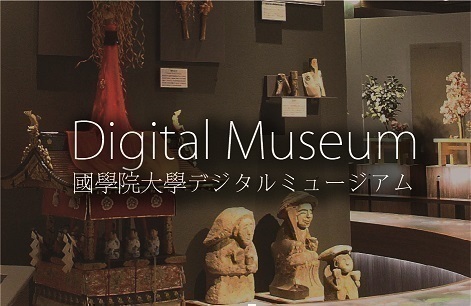- トップ
- Encyclopedia of Shinto
- Jōtōsai
Encyclopedia of Shinto
| Main Menu: | |
| Links: |
詳細表示 (Complete Article)
| カテゴリー1: | 5. Rites and Festivals |
|---|---|
| カテゴリー2: | Rituals in Daily Life |
| Title | Jōtōsai |
| Text | An architectural ritual also called 'mune'age' (roof-raising). This ritual is performed during construction of a new building to pray that there will be no problems with the structure during or after construction. References to jōtōsai can be found in certain Nara period documents, and the ritual is thought to have been conducted at the Imperial Palace beginning in the mid-Heian period and at the Grand Shrines of Ise beginning in the late-Heian or early-Kamakura period. These rituals range from an elaborate formal ceremony to a simple event and can be broken down into three types: formal or "true," abbreviated or "practical," and ad hoc or "grassroots." There are also three distinct ways in which it is performed: one in which the altar and ceremony are on the roof; one in which the altar is on the roof but the ceremony is conducted under it; and one that moves both the altar and the ceremony under the roof. Normally, the ritual is held at the stage of construction when the basic structure of columns, pillars, and beams has been completed and the roof's ridgepole is raised into place. The jōtōsai was not among the Shinto rites formalized in the 1875 Rules for Ritual Procedure at Shrines and took various forms in different regions, but today it has been standardized by the Association of Shinto Shrines (Jinja Honchō) in its Shosaishiki yōakō (Outline of Various Ceremonies). The document establishes the standard enshrined kami (saijin) to be worshipped in the ceremony as the "four pillar" kami, Yafunekukunochi no mikoto, Yafune toyoukehime no mikoto, Tokihooi no mikoto, and Hikosashiri no mikoto, and the ubusunakami ("Protector kami of the life-giving land") of the region. The general order of ceremonies begins with a hand washing ritual, followed by a purification ritual, a ritual invoking the descent of the kami, the presentation of rice offerings; and then the recitation of a norito liturgy by the head ritualist. Next, three rituals unique to the jōtōsai are performed. The first is the rope-pulling ritual, which symbolizes the raising of the ridgepole onto the rooftop. The second is the mallet-striking ritual, wherein the ridgepole is symbolically pounded into place. The third and final ritual is that of scattering offerings, in which mochi and coins are tossed to those below. After these three rituals are concluded, the ceremony finishes with a ritual bow, a ritual scattering of rice offerings, and the ascent of the kami. — Endō Jun |




